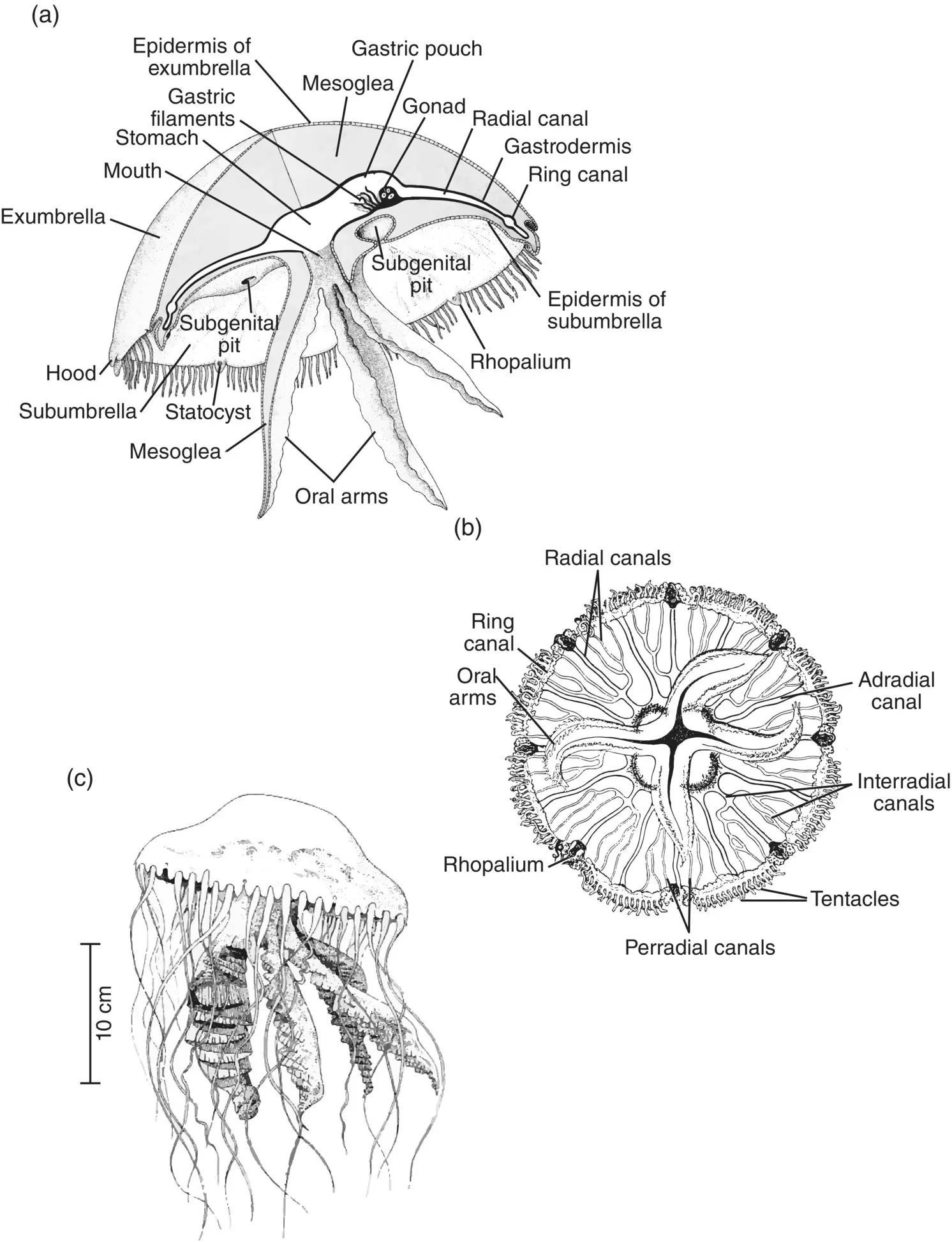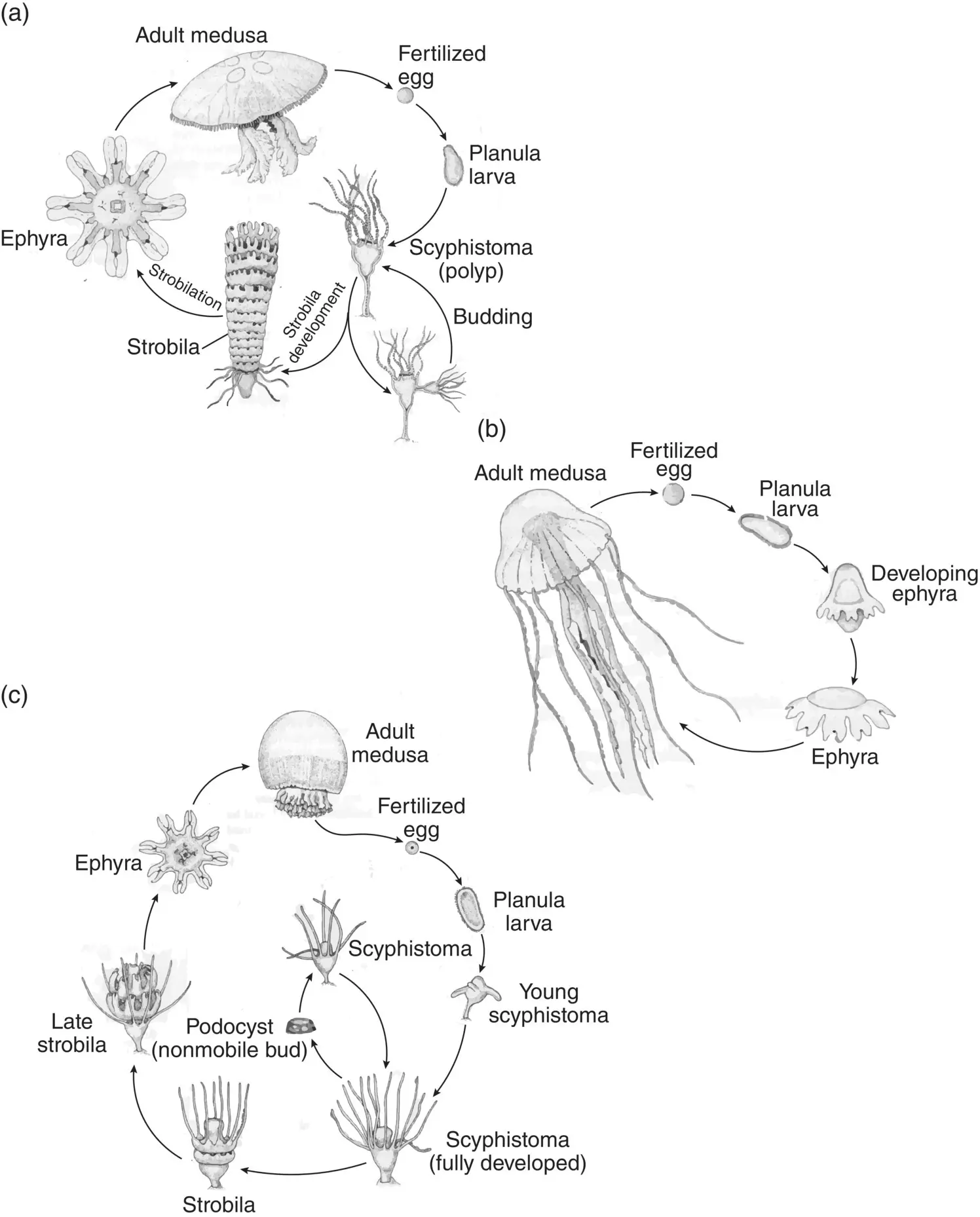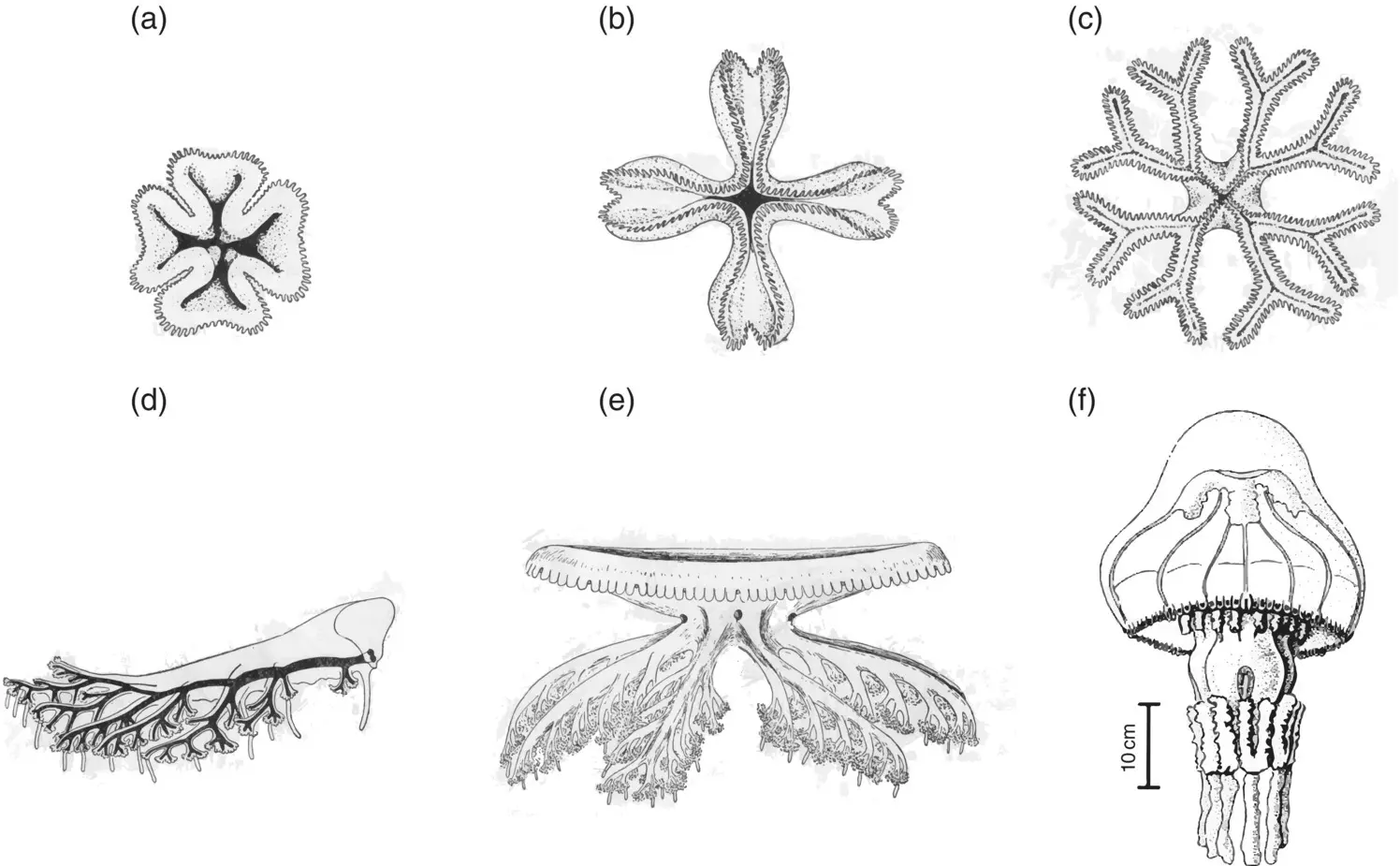Joseph J. Torres - Life in the Open Ocean
Здесь есть возможность читать онлайн «Joseph J. Torres - Life in the Open Ocean» — ознакомительный отрывок электронной книги совершенно бесплатно, а после прочтения отрывка купить полную версию. В некоторых случаях можно слушать аудио, скачать через торрент в формате fb2 и присутствует краткое содержание. Жанр: unrecognised, на английском языке. Описание произведения, (предисловие) а так же отзывы посетителей доступны на портале библиотеки ЛибКат.
- Название:Life in the Open Ocean
- Автор:
- Жанр:
- Год:неизвестен
- ISBN:нет данных
- Рейтинг книги:5 / 5. Голосов: 1
-
Избранное:Добавить в избранное
- Отзывы:
-
Ваша оценка:
- 100
- 1
- 2
- 3
- 4
- 5
Life in the Open Ocean: краткое содержание, описание и аннотация
Предлагаем к чтению аннотацию, описание, краткое содержание или предисловие (зависит от того, что написал сам автор книги «Life in the Open Ocean»). Если вы не нашли необходимую информацию о книге — напишите в комментариях, мы постараемся отыскать её.
Life in the Open Ocean: The Biology of Pelagic Species
Life in the Open Ocean: The Biology of Pelagic Species
Life in the Open Ocean — читать онлайн ознакомительный отрывок
Ниже представлен текст книги, разбитый по страницам. Система сохранения места последней прочитанной страницы, позволяет с удобством читать онлайн бесплатно книгу «Life in the Open Ocean», без необходимости каждый раз заново искать на чём Вы остановились. Поставьте закладку, и сможете в любой момент перейти на страницу, на которой закончили чтение.
Интервал:
Закладка:

Figure 3.10 Scyphomedusae. (a) General anatomy of a scyphomedusa. (b) Oral view of a scyphomedusa. (c) The scyphomedusan Chrysaora lactea .
Sources: (a) Bayer and Owre (1968), figure 100 (p. 65); (b) Kaestner (1967), figure 5‐10 (p. 98); (c) Redrawn from Mayer (1910), figure 368.
A further difference between the scyphozoan and hydrozoan medusae is their average size. Though large hydromedusae and young scyphomedusae do overlap in size, scyphomedusae are typically quite a bit larger. Large representatives can reach a meter in diameter (e.g. Cyanea, Desmonema, Stygiomedusa ) and the largest recorded , Cyanea arctica , reaches 2 m (Hyman 1940). Adult hydromedusae range in size from 1–2 mm to 20 cm in diameter.
Morphological Detail and Life Histories
General
Most scyphomedusae are dioecious, though incidences of hermaphroditism have been found. Chrysaora hysocella initially produces male gametes and then female (Arai 1997). In most cases, the fertilized egg develops into a planula larva, which settles to the bottom and grows into the scyphozoan polyp stage, known as a scyphistoma. Scyphistomae may reproduce asexually by budding additional scyphistomae or may produce medusae by strobilation. A strobilating polyp develops transverse fissures, which separate from the stalk to form free‐swimming ephyrae (larvae), which then rapidly grow into adult medusae. Strobilation takes two forms, monodisk strobilation, where the scyphistoma produces one ephyra at a time, and polydisk strobilation, where ephyrae are stacked up like dinner plates on the scyphistoma and are shed by repetitive transverse fission. Scyphistomae may live for several years. After a period of producing ephyrae, usually during the winter and spring, they resume life as a polyp until the following reproductive season.
Coronatae
The Coronatae are deep‐dwelling jellyfish mainly inhabiting mesopelagic to bathypelagic depths, though some genera ( Linuche, Nausithoe ) are found in surface waters. Each has a characteristic deep furrow, the coronal groove, which divides the exumbrella into a central disc and a peripheral zone and gives the order its name ( Figure 3.11). Below the coronal groove, the peripheral zone is divided into two subregions. First, the thickened deeply grooved pedalia, and below the pedalia and centered on the inter‐pedaliar grooves, the marginal lappets. The pedalia most often have a single, solid tentacle. Coronate medusae are heavily pigmented, usually deep burgundy in color, and most species have stiff noncontractile tentacles that are often held above the bell.
The life histories of coronate scyphomedusae are poorly known, largely because most of them sport a mesopelagic lifestyle. The best‐known life cycle is that of Nausithoe , which shows a typical scyphozoan pattern similar to that of the semaeostome Aurelia . It has a colonial scyphistoma stage that produces ephyrae by polydisk strobilation. The medusae reproduce sexually, producing a planula larva that settles to form a scyphistoma to continue the cycle. It has been speculated that the deeper‐dwelling genera such as Periphylla and Atolla use a strategy of direct development like that of the semeaostome Pelagia . In a direct‐development strategy, the planula develops directly into an ephyra, bypassing the scyphistoma stage altogether. Evidence in support of this hypothesis is the large size of the eggs in Periphylla and Atolla , which would facilitate the direct developmental strategy (Larson 1986 in Arai 1997).
Genera include Atolla, Linuche, Periphylla, Nausithoe, Stephanoscyphus, and Tetraplatia .

Figure 3.11 Coronatae. (a) The coronate scyphomedusa Periphylla (helmet jellyfish). (b) The coronate scyphomedusa Nausithoe (crown jellyfish).
Sources: (a) Adapted from Arai (1997), figure 1.5(p. 7); (b) Redrawn from Mayer (1910), Vol. III, figure 352.
Semaeostomae
The semaeostomes include the medusae most typical of the class and most familiar to beachgoers. Medusae are large, typically 5–40 cm, with a bell shape ranging from saucer‐like ( Aurelia ) to bowl‐like ( Chrysaora ) and lack a coronal groove. Tentacles are found along or below the margin of the umbrella, which may be divided into eight or more lappets. Most typical of the semaeostomes are the long frilly oral arms that originate at and form the corners of the mouth ( Figure 3.10).
Life histories for many of the semaeostomes are known in detail, owing mainly to their abundance near shore. Two life histories have been noted. The sequence of the first ( Figure 3.12a), typified by the moon jelly Aurelia , has a planula larva that develops from the fertilized egg and settles to the bottom to form a scyphistoma. The scyphistoma strobilates to form ephyrae that develop into either a mature male or female medusa. In the second life history strategy, seen in the genus Pelagia, the planula develops directly into an ephyra and then into a mature medusa, bypassing the benthic polyp, or scyphistoma, stage ( Figure 3.12b).

Figure 3.12 Life cycles of scyphozoans. (a) Aurelia sp. (moon jellyfish); (b) Pelagia sp. (purple‐striped jellyfish). (c) Stomolophus meleagris (cannonball jellyfish).
Sources: (a) Bayer and Owre (1968), figure 161 (p. 105); (b) Bayer and Owre (1968), figure 162 (p. 106); (c) Adapted from Calder (1982), figure 4 (p. 156).
Genera include Aurelia, Chrysaora, Cyanea, Stygiomedusa, and Pelagia. Pelagia, as the name implies, is common in offshore waters
Rhizostomae
Also known as the “cannonball jellies” because the rounded bells of some species (e.g. Stomolophus meleagris ) resemble an old‐fashioned cannonball (dangling an old‐fashioned petticoat: Figure 3.12c), the rhizostome medusae lack marginal tentacles and exhibit a proliferation of the oral arms ( Figure 3.13). During early development, the lobes of the original four‐lobed mouth in the very young medusa grow and bifurcate ( Figure 3.13a–c) to form the (usually eight) “mouth arms” typical of the group. As the oral arms develop, the fringed edges close over to form an inner tube or brachial canal that effectively eliminates the central mouth. Once the canal is closed over, the fringed edge forms an outer groove that communicates at intervals with the inner brachial canal through smaller canals that terminate in “suctorial mouths.” Most often the oral arms are invested with filamentous appendages that bear the suctorial mouths along with nematocyst batteries and mucous cells that aid in prey capture (Hyman 1940) ( Figure 3.13d–f). The brachial canals lead to a central stomach that conveys nutrition to the bell via radial canals.

Figure 3.13 Rhizostomeae. Development of the mouth arms of Mastigias : (a) early stage, (b) lobe development, and (c) later stage. (d) Mouth arm of Cassiopeia showing the gastrovascular canals; (e) adult Cassiopeia . (f) Adult Rhizostoma pulmo .
Читать дальшеИнтервал:
Закладка:
Похожие книги на «Life in the Open Ocean»
Представляем Вашему вниманию похожие книги на «Life in the Open Ocean» списком для выбора. Мы отобрали схожую по названию и смыслу литературу в надежде предоставить читателям больше вариантов отыскать новые, интересные, ещё непрочитанные произведения.
Обсуждение, отзывы о книге «Life in the Open Ocean» и просто собственные мнения читателей. Оставьте ваши комментарии, напишите, что Вы думаете о произведении, его смысле или главных героях. Укажите что конкретно понравилось, а что нет, и почему Вы так считаете.












